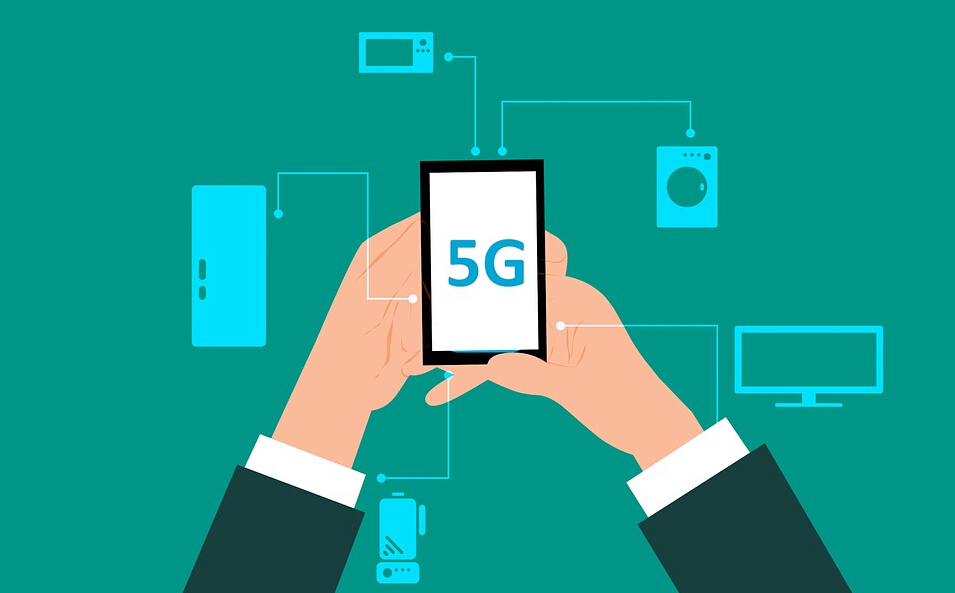
8 Key Technologies of 5G
5G now has come into our lives but do you know how to develop 5G technology?
In this article, we will talk about the 8 key technologies of 5G.
Large-scale antenna:
Massive MIMO is considered to be one of the key technologies of 5G, and it is the only wireless technology that can increase system capacity tenfold and 100 times. Large-scale multi-antenna technology can improve spectrum utilization efficiency and energy utilization efficiency through different dimensions (space, time domain, frequency domain, polarization domain, etc.).

The new multiple access technology:
The multiple access mode of the eMBB scenario should be based on the orthogonal multiple access mode, and the non-orthogonal multiple access technology is limited to the uplink scenario of mMTC. The multiple access technology of eMBB will be more likely to adopt DFT-S-FDMA and OFDMA.
The high-band communication needs to be uniformly defined:
The future 5G system will be oriented to the full-band layout below 6GHz and above 6GHz to comprehensively meet the requirements of the network for capacity, coverage and performance. At present, the low frequency band below 6 GHz is crowded, and the high frequency band above 6 GHz is underdeveloped, which is the biggest challenge to the future massive 5G spectrum demand.
The new multi-carrier technology:
5G new air interface multi-carrier technology will fully meet the mobile Internet and Internet of Things business needs. There are many factors to consider when choosing a new waveform type, including spectral efficiency, latency, computational complexity, energy efficiency, adjacent channel coexistence performance, and implementation cost. Up to now, the three candidate technologies with the highest voices in the industry are: F-OFDM, FB-OFDM and UF-OFDM.
Advanced coding and modulation:
The uplink and downlink data channels of the eMBB scenario adopt the flexible LDPC coding scheme; the uplink control channel of the eMBB scenario adopts the Polar coding scheme; the downlink control channel of the eMBB scenario tends to adopt the Polar coding scheme instead of the TBCC (biting tail) Convolutional code) scheme;
Full-duplex technology:
It can enable communication terminal equipment to transmit and receive signals in the same frequency band at the same time. In theory, it can double the spectrum efficiency compared with the traditional TDD or FDD mode, and can effectively reduce end-to-end transmission. Delay and reduce signaling overhead. The core issue of full-duplex technology is how to effectively suppress and eliminate strong self-interference.

Ultra-dense networking:
The ultra-dense heterogeneous networking technology can enable the terminal to capture more spectrum in some areas, and the distance from each transmitting node is closer, which improves the power efficiency and spectrum efficiency of the service and greatly improves the network. System capacity, and naturally guarantees the load sharing of services across various access technologies and coverage levels
Networking key technologies:
With the gradual maturity of technologies such as software-defined networking (SDN) and network function virtualization (NFV), 5G networking technology has been able to achieve separation of control functions and forwarding functions, as well as network element functions and physics. The decoupling of entities enables intelligent awareness and real-time provisioning of network resources, as well as on-demand provisioning and adaptation of network connections and network functions.
Do you have other ideas? Leave your comments!









0 comment